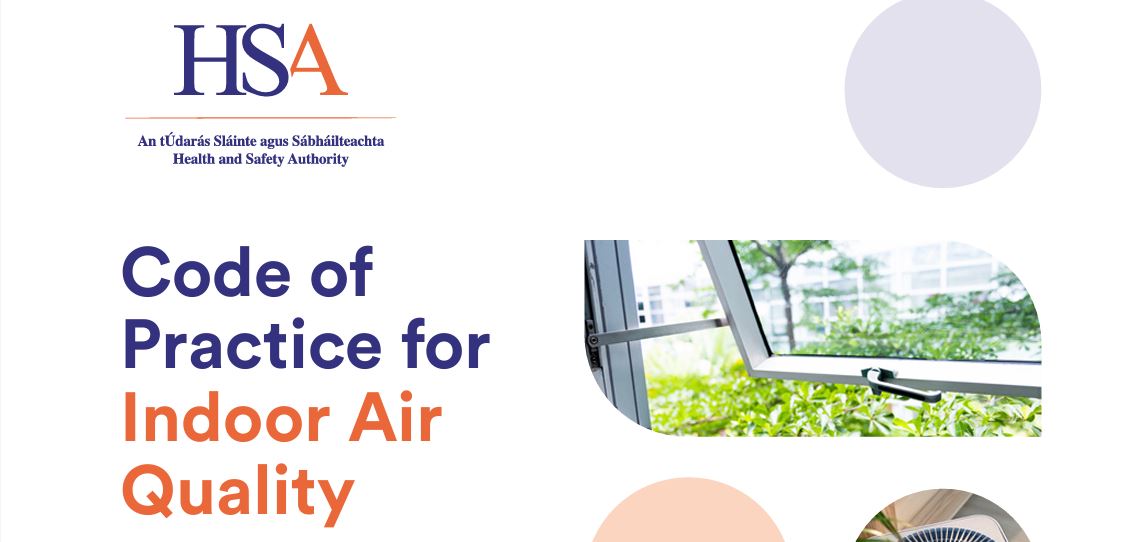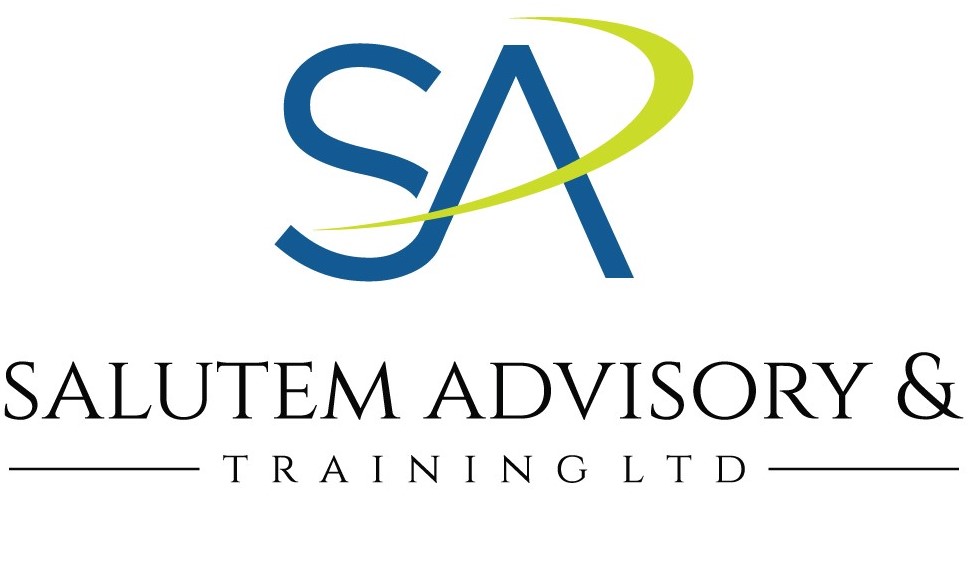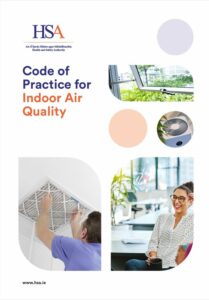
Code of Practice for Indoor Air Quality
In the modern working landscape, where employees spend a substantial portion of their day indoors, the quality of indoor air becomes paramount. Indoor Air Quality (IAQ) not only affects the health and well-being of workers but also plays a crucial role in determining their productivity. Several factors contribute to poor IAQ, including external air quality, inadequate ventilation, and exposure to various contaminants. Recognizing the significance of this issue, a Code of Practice has been developed to guide employers in assessing and addressing IAQ concerns in the workplace.
The Impact of Poor IAQ on Health
Poor IAQ is not just a workplace inconvenience; it can lead to a range of health problems, both short-term and long-term. The COVID-19 pandemic highlighted the importance of proper ventilation and air filtration in reducing the risk of airborne transmission. The Code of Practice offers a practical risk assessment approach to help employers determine IAQ parameters, including carbon dioxide levels, air changes per hour, temperature, humidity, and ventilation rates.
A Holistic Approach to IAQ Improvement
The Code of Practice emphasizes that improving IAQ requires a holistic, multifaceted approach. It goes beyond mere ventilation or filtration and considers legislative, economic, and environmental aspects. A well-designed building, taking into account factors like orientation, intelligent façade design, and construction materials with low volatile organic compound (VOC) emissions, lays the foundation for effective IAQ management.
Considerations in Building Design
Intelligent building design involves considering factors such as location, construction materials, natural and mechanical ventilation, air filtration, and air circulation. Implementing these measures at the design stage proves to be more cost-effective than retrofitting. Computer modeling can assist in complex designs, ensuring optimal IAQ conditions for various workplace settings.
Risk Mitigation in Fixtures and Fittings
The fixtures and fittings within a workplace also contribute to IAQ. From the paint on walls to furniture, various items release chemicals that can affect air quality. The Code of Practice advocates for risk assessments during painting, considering factors like VOC emissions and the safety of both painters and occupants. Similar precautions should be taken with new furniture and fittings, ensuring adequate heating and ventilation before occupation.
Cleaning Practices and IAQ
Regular cleaning is a crucial element in maintaining good IAQ. The Code of Practice highlights the importance of proper cleaning techniques, favoring vacuuming over sweeping and dusting to minimize particle re-suspension. Additionally, environmentally friendly cleaning products are recommended, but caution is advised as labels can be deceptive. Safety data sheets should be consulted, and a risk assessment conducted to ensure both effectiveness and safety.
As we celebrate the one-year anniversary of recognizing the importance of IAQ in the workplace, the Code of Practice stands as a valuable tool for employers. By adopting a holistic approach, incorporating design considerations, and diligently managing fixtures, fittings, and cleaning practices, workplaces can create an environment conducive to employee health, well-being, and optimal productivity. Breathing easy at work is not just a luxury; it’s a necessity for a thriving workforce in the modern era.
To read all details on the Code of Practice for Indoor Air Quality, click on this image:


